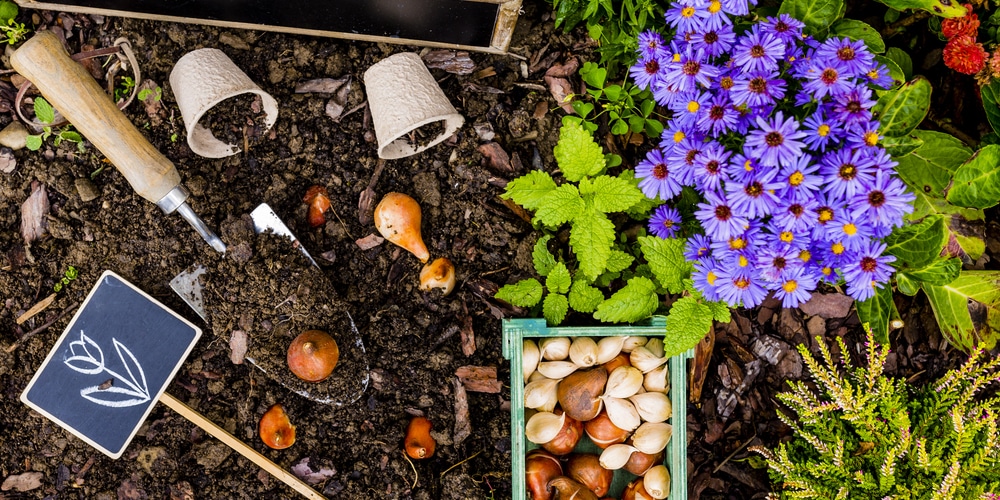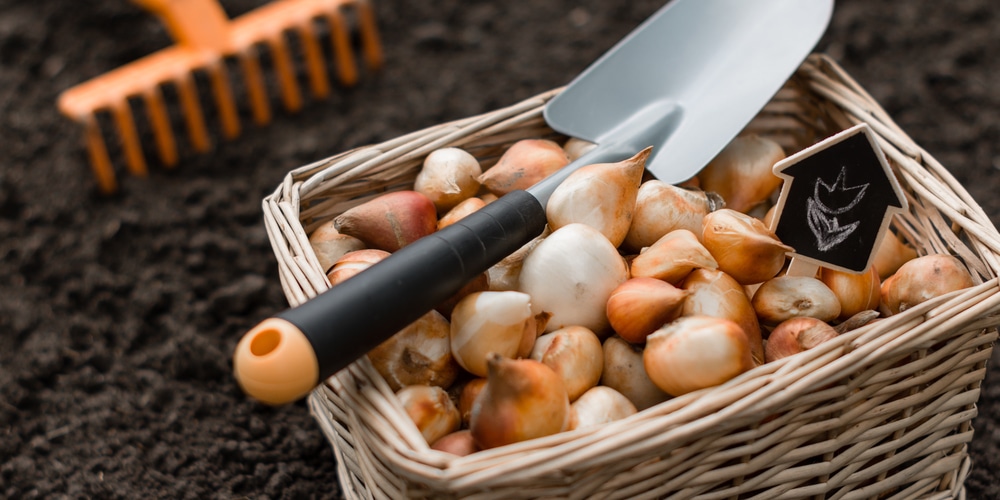To ensure your flower beds are blooming with bright and vibrant colors, it’s essential to understand when the best time to plant bulbs is. A few tips and tricks will help you plan your bulb-planting strategy. This article will discuss when to plant bulbs in North Carolina. We’ll also look at which bulbs are best for the state’s climate.
When to plant bulbs in North Carolina?
The best time to plant spring flowering bulbs in North Carolina is generally from late October through early December. This timeframe of between 8 to 10 weeks allows optimal soil temperature and moisture levels to give your bulbs the best chance of flourishing.
To get the most out of your planting efforts, make sure you add a layer of mulch after planting the bulbs. This will help keep the soil temperature and moisture levels consistent, providing a better environment for your bulbs to grow in.
Which bulbs to plant in North Carolina?
When choosing which varieties of bulbs to plant, there are several great choices available that will work well with the climate in North Carolina. Popular options include daffodils, tulips, hyacinths, and crocus.
These bulbs can be planted in the winter and will root and germinate during the cool season. They are relatively easy to care for and will provide beautiful blooms from mid-February until the end of May when planted and cared for correctly.
Daffodils
Daffodils are among the most popular and easy-to-grow bulbs in North Carolina. These flowers come in various shapes, sizes, and colors and will bloom from early spring until the beginning of the summer.
Tulips
Tulips are another great option to consider when planting bulbs. These delicate blooms have vibrant colors that range from whites and yellows to deep reds and purples. They usually begin blooming in the late winter and will last until the spring.
Crocus
Crocuses are another excellent choice for yards in North Carolina. These flowers bloom in purple, blue, yellow, and white. Often they’re one of the first flowers to bloom in the spring.
Hyacinths
Hyacinths are a common sight around North Carolina in the early spring. They have beautiful blooms and are long-lasting.
Deadheading bulbs
Bulbs tend to bloom in the late winter, from mid-February until the end of Spring in May. In some places, certain flowers may continue to bloom into June, depending on the climate and bulb variety.
Once your flowers begin to fade, you can deadhead them using a pair of scissors or small garden shears. Removing spent flowers will give the plant more energy for producing new blooms. At the end of the season, you should cut off the last flowers but leave the leaves to die back naturally.
Bulbs can grow and flower several years in a row, but new bulbs will have a higher success rate. Some people recommend digging bulbs up once they have flowered and storing them for planting the following winter, while others leave them in the ground.
Digging up bulbs allows you to divide them to create more plants the following year. It’s a good idea to fertilize older bulbs after planting to provide nutrients and encourage growth. A 12-4-8, 12-6-6, or 16-4-8 fertilizer can be used for spring flowering bulbs.
Conclusion
By following the tips and tricks outlined above, you can ensure that your bulb-planting efforts in North Carolina are successful. With a little planning and preparation, you’ll have a beautiful garden full of vibrant colors in no time!

